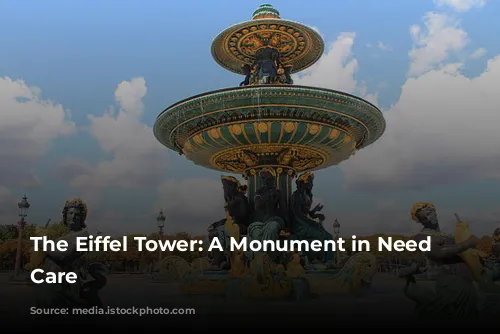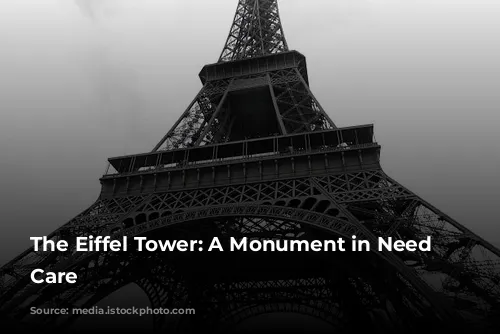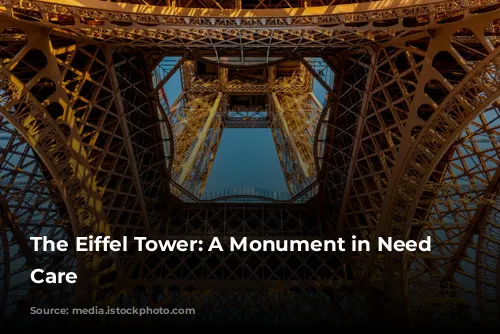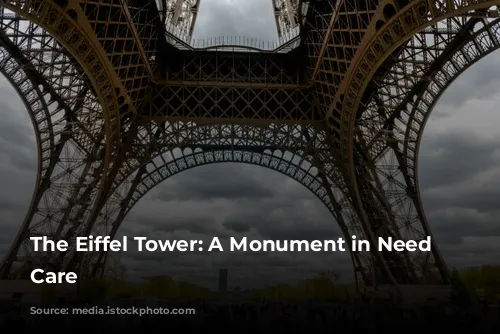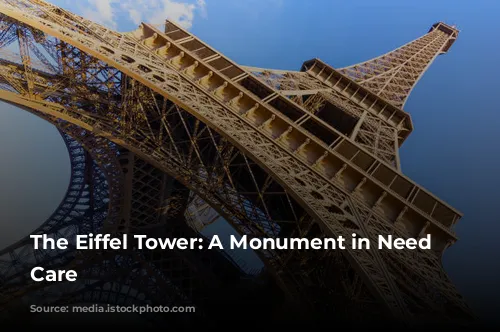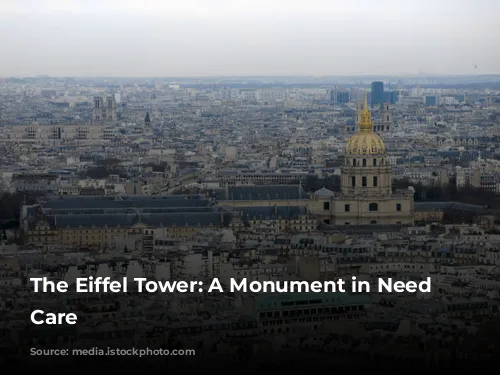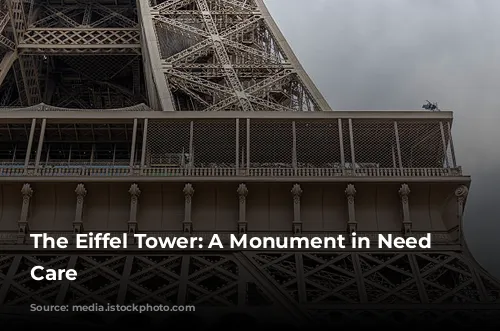The Eiffel Tower, a symbol of Paris and France, is showing its age. Despite its iconic status, this “iron lady” requires constant attention to maintain its grandeur. A $60 million renovation project is underway to prepare the tower for the 2024 Paris Olympic Games, but questions linger about its effectiveness. Reports suggest that the tower is in a critical state and that the planned maintenance falls short of what is truly needed. While the tower is being spruced up for the Olympics, some argue that it is receiving only a superficial makeover, neglecting essential repairs. The question arises: how does such a monumental structure require ongoing maintenance, and what makes it so special?
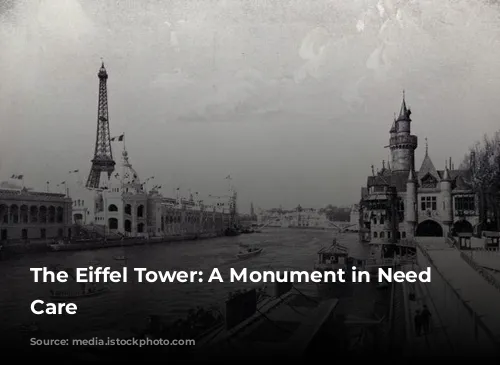
The Eiffel Tower: A Century-Old Landmark
The Eiffel Tower, originally known as the “300-meter Tower,” was constructed in 1887 and opened to the public in 1889 at the Exposition Universelle, or Paris World’s Fair. This event commemorated the centennial of the French Revolution, making the tower 100 years younger than this pivotal historical event. The tower’s construction was met with resistance from some prominent figures in the arts and literature, including Charles Garnier and Guy de Maupassant, but it quickly became a success. The Eiffel Tower welcomed over 2 million visitors in its first year and now attracts around 7 million visitors annually, making it the world’s most-visited paid monument. It held the title of the world’s tallest structure until 1929 when the Chrysler Building was completed.
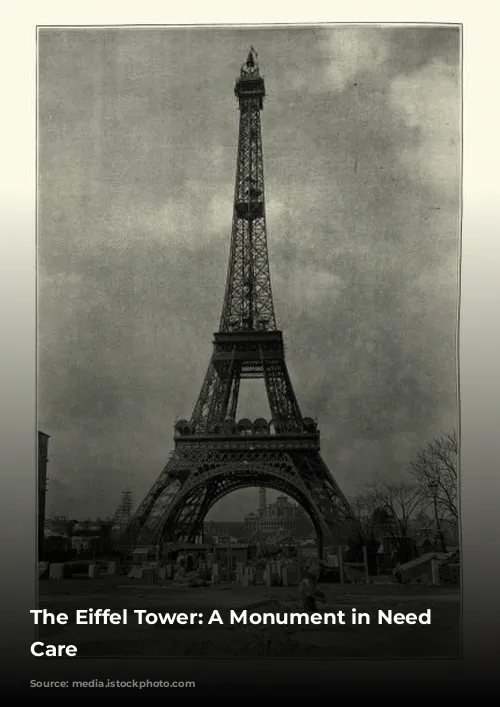
A Majestic Structure: Strength and Beauty
The Eiffel Tower is a marvel of engineering. Its graceful silhouette is a testament to its robust construction. Standing at a height of 984 feet (300 meters), the tower’s metal frame weighs a staggering 7,300 tons (6,622 metric tons). According to Benjamin Schafer, a professor of civil and systems engineering at Johns Hopkins University, the tower’s shape is “essentially the perfect shape for resisting wind load.” The tower’s initial lifespan was planned for only 20 years, but its strategic location and enduring appeal led to its continued existence. Since the 1980s, the tower has undergone regular renovations and restorations to keep up with its growing popularity.
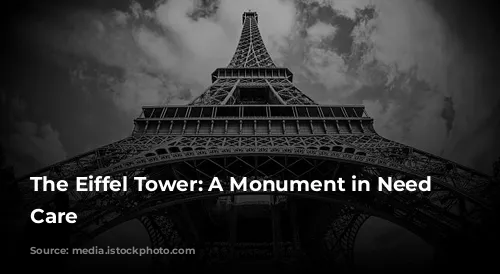
Maintaining the Tower: A Constant Battle
The Eiffel Tower’s unique design and construction have created a constant battle against the elements. Since its construction, the tower has been painted seven different colors. The tower’s current “Eiffel Tower brown” color is a compromise between maintaining the structure and its visual harmony with the Parisian cityscape. Despite its striking appearance, the tower’s iron frame is constantly being eroded by corrosion, a chemical reaction that requires oxygen and moisture. To combat this, the tower receives a full paint job every seven years, a practice recommended by Gustave Eiffel himself, the tower’s architect. This meticulous maintenance is essential to the tower’s longevity.
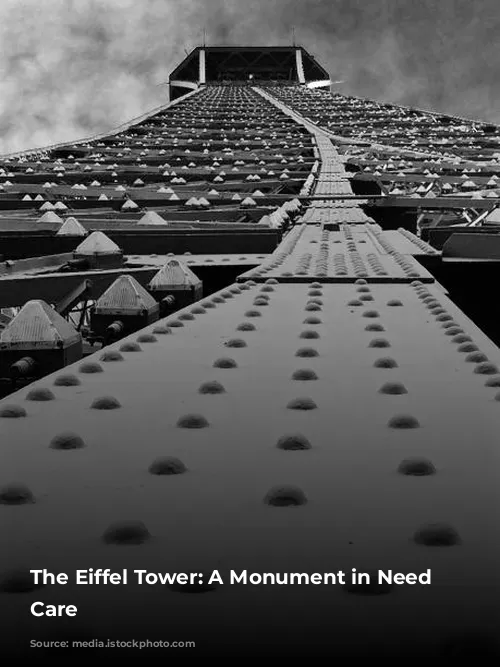
Eiffel’s Legacy: Engineering and Innovation
Gustave Eiffel, a renowned engineer, drew on his extensive experience with metal structures when designing the Eiffel Tower. He had been building iron bridges for nearly three decades before starting the tower’s construction. The tower’s design shares similarities with an arched iron bridge, such as the Ponte Maria Pia that crosses the River Douro in Porto, Portugal. The tower’s construction, overseen by engineers Émile Nouguier and Maurice Koechlin, and architect Stephen Sauvestre, was a testament to the advancements of the Industrial Revolution. The tower, built of iron rather than steel, was a pioneering structure, constructed with the only available material that could support its form at the time. While steel would later dominate the construction of skyscrapers, the Eiffel Tower stands as a symbol of 19th-century engineering ingenuity.
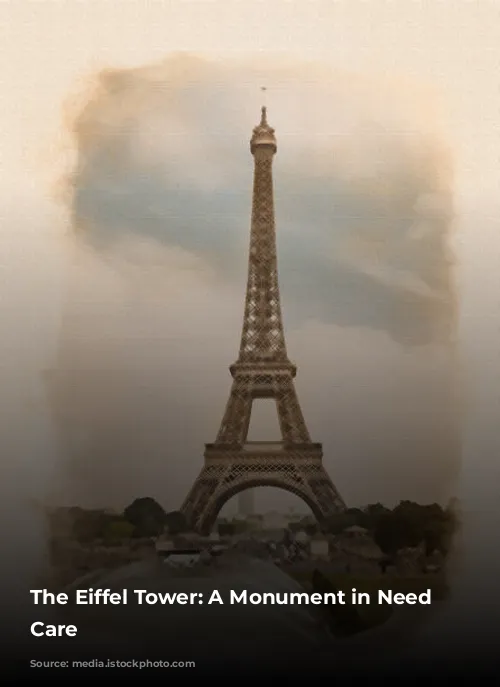
Preserving the Tower: Balancing Tourism and Maintenance
The Eiffel Tower’s success attracts millions of visitors each year, but maintaining the structure requires a careful balance between tourist demands and essential upkeep. The Société d’Exploitation de la Tour Eiffel (SETE), the organization responsible for the tower’s operation and maintenance, faces the challenge of balancing tourist revenue with the cost of renovations. The organization has established a watchdog body to assess visitor satisfaction, with a 2019 survey showing that 96 percent of respondents would recommend the monument to friends and family. The tower’s continued popularity highlights the importance of preserving this iconic landmark for future generations.
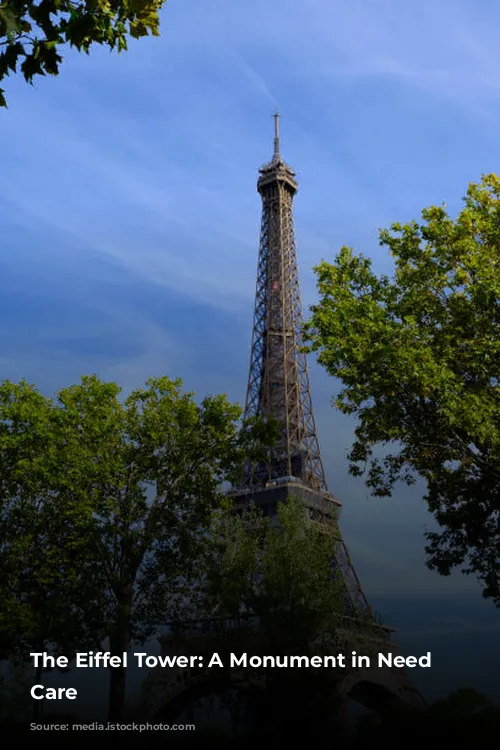
The Eiffel Tower: A Constant Evolution
The Eiffel Tower is not just a static monument; it is a living, breathing structure that constantly evolves to meet the demands of its environment. From its initial construction to its ongoing maintenance, the tower is a testament to the power of human ingenuity and the importance of preserving architectural and engineering achievements. Although the tower has weathered the test of time, its continued existence relies on the commitment of those who care for it. The Eiffel Tower stands as a beacon of the past, present, and future, a symbol of both architectural excellence and the enduring human spirit.
